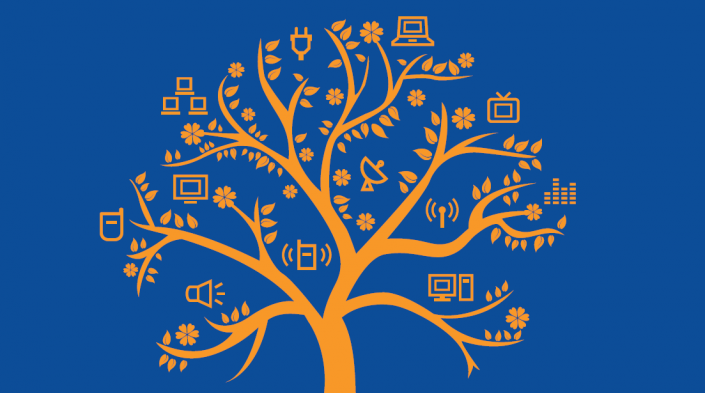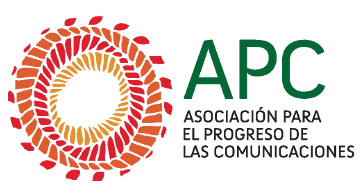
Actualizado por última vez en
This practical guide to sustainable IT offers a detailed, “hands-on” introduction to thinking about sustainable computing holistically, starting with the choices you make when buying technology, through to the software and peripherals you use, how you store and work with information, manage your security, save power, and maintain and dispose of your old hardware. Suggestions and advice for policy makers are also included in the annexes, along with some practical tips for internet service providers.
The purpose of the guide is to encourage everyday consumers of technology – from home-users, to people working in a small office environment, from journalists to activists to government clerks – to begin using technology in an environmentally sound way. We can all play our part, and the practice of sustainable computing will go a long way in helping to tackle the environmental crisis facing our planet. It’s about developing better behaviours and habits when buying, using and discarding our everyday technology.
The guide has been developed by environmentalist and IT expert Paul Mobbs on behalf of the Association for Progressive Communication (APC), with funding support from the International Development Research Centre. It is part of APC’s GreeningIT project, which aims to promote an environmental consciousness amongst civil society groups using information and communications technologies, and amongst the public more generally. Other publications and research reports completed as part of the GreeningIT project can be downloaded here.
The guide is divided into 11 sections (or “units”), with each unit building thematically on the ones that have come before. They can be read consecutively, or separately. The “unit” approach allows the sections to be updated over time, and extracted for use as resource guides in workshops, or simply be shared with colleagues and friends.
Download the entire guide to sustainable IT or download the individual sections below.
Summary of content
1. Introduction – What is "sustainable IT"?
An introduction to the themes of this series, and an explanation of the reasons why we should view our use of technology as a “system” rather than as separate processes. Too often we focus on the demands or specifications of “the machine” – instead we should look at our information needs.
2. The ecology of information technology
IT is a tool – like all other human tools that we have created through the ages. This unit examines the general issue of how the “human system” uses technology – how digital technologies work for us, how these technologies influence the wider environment we inhabit, and the emerging restrictions on our future use of these tools.
3. Hardware: Putting the system together
An exploration of computer hardware, in its various guises, and how the choices we make about hardware influence the ecological footprint of our use of IT. While many may look primarily at power consumption, the manufacture of digital electronics also has a major impact on the global environment. In this unit we try and measure these impacts, and find some ways to manage our demand for information systems.
4. Operating systems: Making the system work
What makes computer hardware more than an expensive collection of electronic circuits is the software we use to give the machine a purpose. This unit looks at operating systems and computer hardware, the issue of intellectual property rights, and the influence of our choice of software on the ecological performance of the hardware we use.
5. Desktops: Programs, peripherals and gadgets
The computer desktop is the heart of our daily interaction with the power and versatility of information systems. How we configure the desktop, but also how we use the various gadgets and peripheral devices that we connect to the system, has a big effect on the ecological footprint of our use of technology.
Information is a “resource”, and obeys many of the physical laws that govern our use of matter and energy. How we choose to store and back-up information has a direct bearing on the ecological impacts of our use of IT in general, and also the reliability and resilience of the information that we store.
The networking of hardware has enabled the power of computers to become so versatile, but that in itself has spawned the exponential growth of both data transactions and the growth of power-hungry on-line storage systems to support them. Understanding how the network consumes power, and how our use of the network drives consumption, can allow us to keep these demands under control.
8. Maintenance, security and resilience
All tools need looking after if they are to have a long and productive life, and that requires that we understand a little more about how they work and how to care for them. This section considers the basics of system maintenance – both hardware and software – and the basic physical security precautions to take in order to prevent theft and damage.
When does the life of digital equipment end? Is it when it no longer functions (it’s broken) or when it can’t/isn’t capable of performing a useful function any more? This unit examines how much life we can extract from our information systems, and what we should do with them when they have served their useful purpose.
Can we recycle digital equipment? And how can we determine what’s best to do with old equipment when it no longer serves its primary purpose? To answer these questions we need to consider the options available for reusing or upgrading old equipment, and identify what the limitations are on using old equipment.
Information systems consume electricity, and while in most cases the power might be sourced from the electricity grid, there are alternatives. Renewable electricity can offer an alternative, lower carbon source of electricity. For those who live away from the electricity grid, or where the grid is unreliable, it can also offer a means to use IT without the restrictions imposed by the local grid.
12. Further information, index and annexes
Annex A. Suggestions and advice for policy-makers
A digest of the ideas and information for managers and policy-makers, and those campaigning on access to information and communications technology.
Annex B. Suggestions and advice for internet service providers/server operators
A check-list of procedures and options for IT managers, service providers and data centres.
Also read our Green-my-tech tip sheets and Sustainable IT check-lists, easy reference tips and check-lists based on the contents of this book. This book was written as part of APC’s work on ICTs and environmental sustainability, funded by the International Development Research Centre. Visit the GreeningIT project page to learn more about APC’s work on ICTs and the environment.


